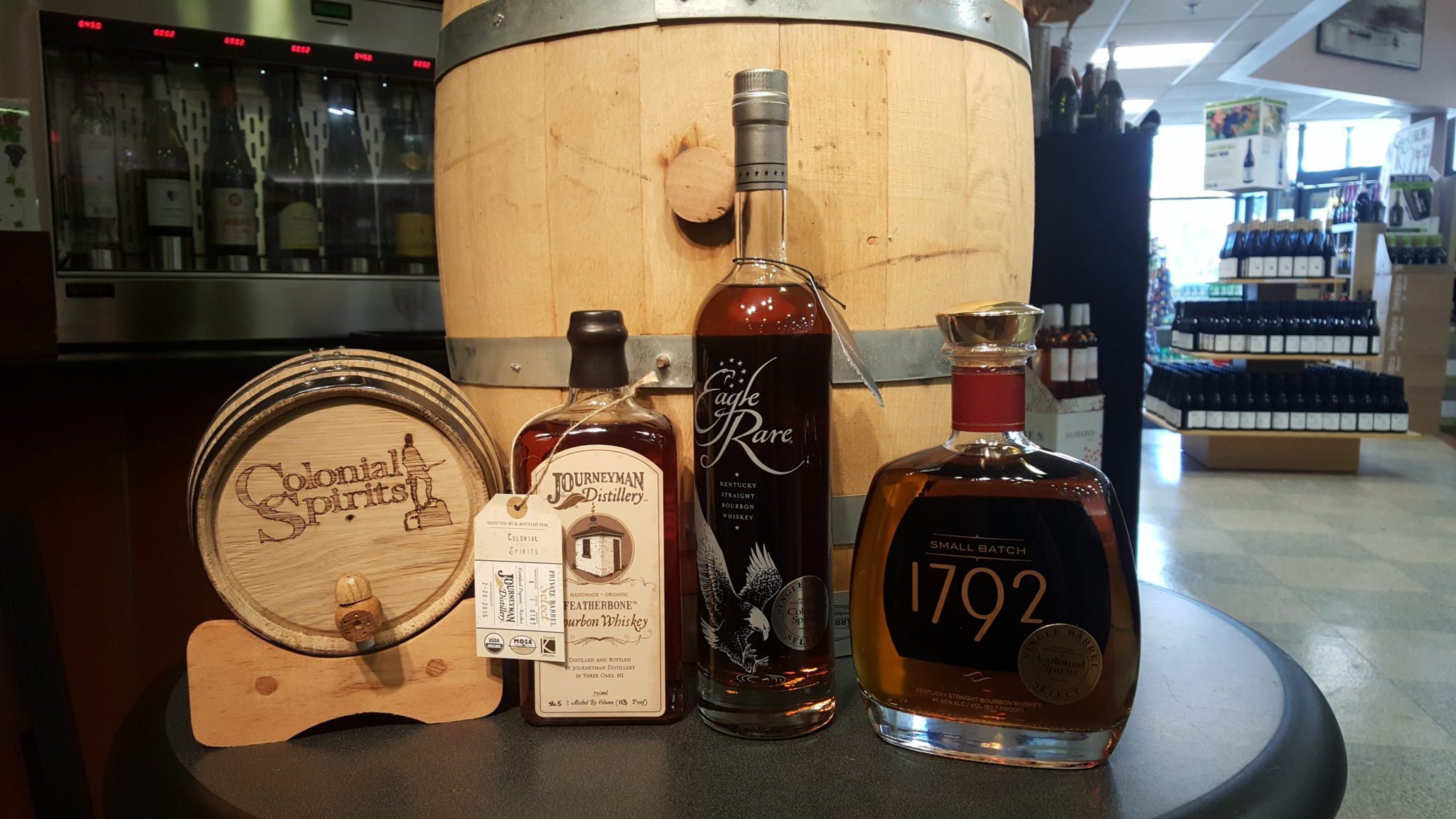
Bourbon – a distinctive product of the United States (said Congress in 1964) – is an historic American product with a storied past going back hundreds of years, even though it has been a mere half century since Congress made it official. Until recently, in the liquor industry, American whiskies in general faced stiff competition from centuries old distilleries in a great whisky country across the Atlantic and less expensive, ‘smoother’ tasting whiskey from our neighbors in the north. Not to mention the prevailing thirst for vodka, gin and rum. In no more than the last five years American whiskey has been an American renaissance. Bourbon seems to have inspired this cultural rebirth and it is an exciting time to be an enthusiast.
If you are not an enthusiast yourself, it’s likely that you know someone who is. So, somebody in your life excited about Bourbon. Even if that somebody is you there is little doubt that a fine bottle is a superb gift, and is acceptable at any time for any reason. The only challenge is figuring out which one to add to your collection.
To be Bourbon the spirit must be produced following legal guidelines. One such requirement is that the distillation is to no more than 160 proof (80%abv). By distilling to a lower proof than other spirits, like vodka (commonly distilled to 190 proof), the flavors of the grains are highlighted. Grains such as corn, rye, wheat and barley are used in Bourbon and have a big impact on the flavor profile.
There are all kinds of things that give rise to the finer flavors, the subtle differences and the character of a Bourbon. From the yeast strain to the barreling proof to the barrel itself… and on the list goes. However interesting these variables are, it can be a bit much to decipher. I find it easier, and realistic to simplify and perhaps generalize a little. The grains, or ‘mash bill’ are a great basic guide through Bourbon and American whiskey.
I am indeed simplifying, but it is reasonable to say that there are just few fundamental styles of Bourbon: classic Bourbon, high-rye Bourbon and wheated Bourbon. Again generalizing, classic Bourbon will have a high percentage of corn in the mash (say 75%+) with some rye and barley filling the remainder. High-rye Bourbon is similar but with a greater proportion of rye at the expense of corn (say 25%+ rye). Wheated Bourbon might look quite like the classic recipe, but with wheat instead of rye.
The mash really is the whiskey at conception so knowing what each grain brings to the party is quite useful. Keeping with the theme of an easy guide, here are some qualities for each of the three above-mentioned grains:
Corn – The major contributor, and the base of all Bourbon (because Bourbon must be at least 51% corn). It is a rich, sweet flavor that really brings forth the body and sweetness in the whiskey.
Rye – Big flavor and bite (have you ever had rye bread?), this is the grain that brings spiciness, and zest and maybe a little ‘bite’.
Wheat – A soft and well rounded grain that lets the sweetness of the corn show, while contributing a kind mouth feel and great support for the caramel and vanilla flavors from the barrel.
Now that you have a basic map, choosing your next bottle should be easy… As long as you know, which brand falls into which category! Here are a few examples:
Classic Bourbons – Hudson Baby Bourbon, Elijah Craig, Buffalo Trace, Evan Williams
High-rye Bourbons – High West, Old Forester, Basil Haydenr, 1792, Bulleit
Wheated Bourbons – Journeyman, Weller, Larceny, Maker’s Mark
